The B6N Tenzan Carrier-based Attack Aircraft
The B6N Tenzan, with the Allied codename "Jill," was a carrier-based torpedo bomber developed by Nakajima Aircraft Company for the Imperial Japanese Navy during World War II. Its development was aimed at replacing the aging Type 97 carrier-based attack aircraft, with the goal of providing the navy with a more capable and modern strike platform.
Development
In 1939, the Imperial Japanese Navy issued a development order to Nakajima Aircraft Company for a successor to the Type 97 carrier-based attack aircraft. The new aircraft, internally codenamed "14-Shi Carrier-based Attack Aircraft," had stringent requirements. It was expected to achieve a maximum speed of 463 km/h, a cruising speed of 370 km/h (200 knots), a range of over 3,334 km while carrying a torpedo without the need for external fuel tanks, and to meet the operational specifications of existing aircraft carriers.
The design team, led by Kenichi Matsumura, adopted a series of advanced technologies to meet these demands. They equipped the aircraft with the experimental "Kai" engine, which was originally designed for the large land-based bomber "Shinzan." The Tenzan also utilized a laminar flow wing to enhance flight speed and extend its range, and a Fowler flap to reduce wing loading. To adapt to the limited space on aircraft carriers, the main wing and vertical tail were designed to be foldable. However, to achieve the desired speed and range, the aircraft sacrificed self-sealing fuel tanks and bulletproof armor, relying only on a carbon dioxide fire extinguishing device in the fuel tank.
The prototype of the Tenzan was completed in the spring of 1941, and its first flight took place on March 14, 1941. During the flight tests, the Tenzan demonstrated excellent performance, with a maximum speed 93 km/h higher than the Type 97 and a 50% increase in range. It also outperformed the contemporaneously developed American TBF Avenger in some aspects. However, the use of many unproven technologies led to a series of problems.
The "Kai" engine, for example, had issues with its generator installation in the smaller Tenzan airframe, making it difficult to adjust, and it failed to reach its rated output power even during mass production. The large four-bladed metal propeller, combined with the powerful engine, generated excessive torque, causing the aircraft to deviate to the left during flight. To address this, Nakajima thinned the vertical tail and offset it 2.2 degrees to the left. Additionally, the Tenzan's heavy weight (5,200 kg fully loaded) caused problems during carrier landings, as it frequently broke the carrier's arresting wires. The navy had to develop a new Type 3 arresting device to increase the wire's load-bearing capacity. These problems significantly delayed the Tenzan's entry into service, and it was not until August 1943 that the Japanese Navy decided to officially mass-produce the aircraft.
Design and Features
The B6N Tenzan was a single-engine, three-seat carrier-based bomber. Its design incorporated several innovative features for its time. The use of the laminar flow wing reduced drag, allowing for higher speeds and increased range. The aircraft's main wingspan was 15.00 meters, and when folded, it could fit within the limited space of an aircraft carrier's hangar.
Powered by either the Nakajima "Kai" 11 engine (in the early models) or the Mitsubishi "Mars" 25 engine (in later models), the Tenzan had a maximum speed of 481 km/h at an altitude of 4,000 meters. The change to the Mitsubishi "Mars" 25 engine in the B6N2 model helped to solve some of the earlier problems, such as the engine's poor fuel consumption and the resulting short practical range. With the "Mars" 25 engine, the Tenzan's range could reach up to 3,042 km.
In terms of armament, the Tenzan was initially equipped with a single 7.7 mm machine gun for self-defense, which was later upgraded in some models to a 13 mm machine gun in the dorsal position and a 7.92 mm machine gun in the ventral position. For offensive capabilities, it could carry a variety of ordnance, including a single Type 91 improved aerial torpedo, an 800 kg Type 99 armor-piercing bomb, a 500 kg Type 2 general-purpose bomb, two 250 kg bombs, or six 60 kg bombs. It also carried a Type 90 Model 1 bombing sight and a Type 97 Model 1 drift meter to improve bombing accuracy.
Operational History
The Tenzan's operational debut was less than successful. In December 1943, during the Sixth Battle of Bougainville, six B6N1 Tenzans and five Type 97 carrier-based attack aircraft launched a night torpedo attack on the United States Navy. However, the Japanese overestimated their战果, claiming to have sunk three aircraft carriers, one battleship, and one heavy cruiser, when in fact, no significant American ships were damaged. All of the Tenzan aircraft involved in the attack were lost.
In the subsequent operations, such as the Truk Raid in February 1944 and the Marianas Campaign, the Tenzan was deployed but achieved few tangible results. The lack of experienced pilots, combined with the increasingly powerful air defenses of the United States Navy, made it difficult for the Tenzan to effectively engage enemy ships.
During the Battle of the Philippine Sea in 1944, the Tenzan was the main torpedo - carrying aircraft on the Japanese carriers of the First Mobile Fleet. However, due to the inexperience of the pilots and the overwhelming anti - aircraft firepower of the American fleet, the Tenzan suffered heavy losses. Out of 29 Tenzans that carried out daytime torpedo attacks from June 18 - 20, 1944, 24 were shot down.
As the war situation worsened and Japanese aircraft carriers were gradually lost, the Tenzan was mainly used from land - based airfields. In 1944, the remaining Tenzans of the 601st Naval Air Group were transferred to the 762nd Naval Air Group and participated in the Taiwan Air Battle. In this battle, they could only conduct single - aircraft, low - altitude, night - time torpedo attacks against the superior American air defenses, and again, they failed to cause significant damage to the American fleet.
In the later stages of the war, with the shortage of resources and the desperate situation of the Japanese military, some Tenzan aircraft were converted into kamikaze suicide attack planes. Their relatively high speed and bomb - carrying capacity made them a threat to Allied ships. For example, during the Battle off Cape Engaño, the Tenzan, as a kamikaze, managed to damage several American ships, including the USS Saratoga, USS Intrepid, USS The Sullivans, and USS Keokuk.
Production and Variants
Several variants of the B6N Tenzan were produced:
- B6N1 Tenzan Prototype: Powered by the Nakajima "Kai" 11 engine with an output of 1,870 horsepower, it used a four - bladed constant - speed propeller. Only two prototypes were produced.
- B6N1 Tenzan Model 11: The first production model of the Tenzan, with 135 units produced.
- B6N2 Tenzan Model 12: The main production model, equipped with the Mitsubishi "Mars" 25 engine with an output of 1,850 horsepower. This model addressed many of the previous engine - related issues.
- B6N2a Tenzan Model 12A: A firepower - enhanced modification. The dorsal machine gun was replaced with a 13 - mm machine gun, and about one - third of these aircraft were equipped with the Ku - 6 airborne radar.
- B6N3 Tenzan Model 13 Prototype: The engine was changed to the "Mars" 25C engine. The landing gear was modified to adapt to land - based operations, and only two prototypes were produced.
In total, approximately 1,274 Tenzan aircraft were produced.
Conclusion
The B6N Tenzan carrier - based attack aircraft was a technologically advanced design that aimed to give the Imperial Japanese Navy a decisive edge in naval aviation. However, its long development cycle, teething problems during production, and the changing nature of the war, especially the increasing superiority of the United States Navy in the air and at sea, prevented it from achieving its full potential. By the time the Tenzan was fully operational, the Japanese Navy was already on the defensive, and the lack of experienced pilots compounded the aircraft's difficulties in combat. In the end, the Tenzan, like many other Japanese military assets during World War II, became a symbol of Japan's struggle to maintain its naval superiority in the face of overwhelming Allied forces.
AG1:Start the engine
AG2:Activating torpedo
AG3:Activating the tail gunner's left and right rotation
AG4:Activating the tail gunner up and down
AG5:Activating the tail gun
VTOL: Control flaps
Trim: Control tail gunner
Specifications
Spotlights
- SimplyElegant 3 months ago
- HudDistance 3 months ago
- Convex 3 months ago
General Characteristics
- Created On Android
- Wingspan 55.6ft (16.9m)
- Length 44.1ft (13.4m)
- Height 14.7ft (4.5m)
- Empty Weight 6,561lbs (2,976kg)
- Loaded Weight 11,878lbs (5,388kg)
Performance
- Horse Power/Weight Ratio 0.399
- Wing Loading 11.9lbs/ft2 (58.2kg/m2)
- Wing Area 996.2ft2 (92.5m2)
- Drag Points 7801
Parts
- Number of Parts 176
- Control Surfaces 14
- Performance Cost 805

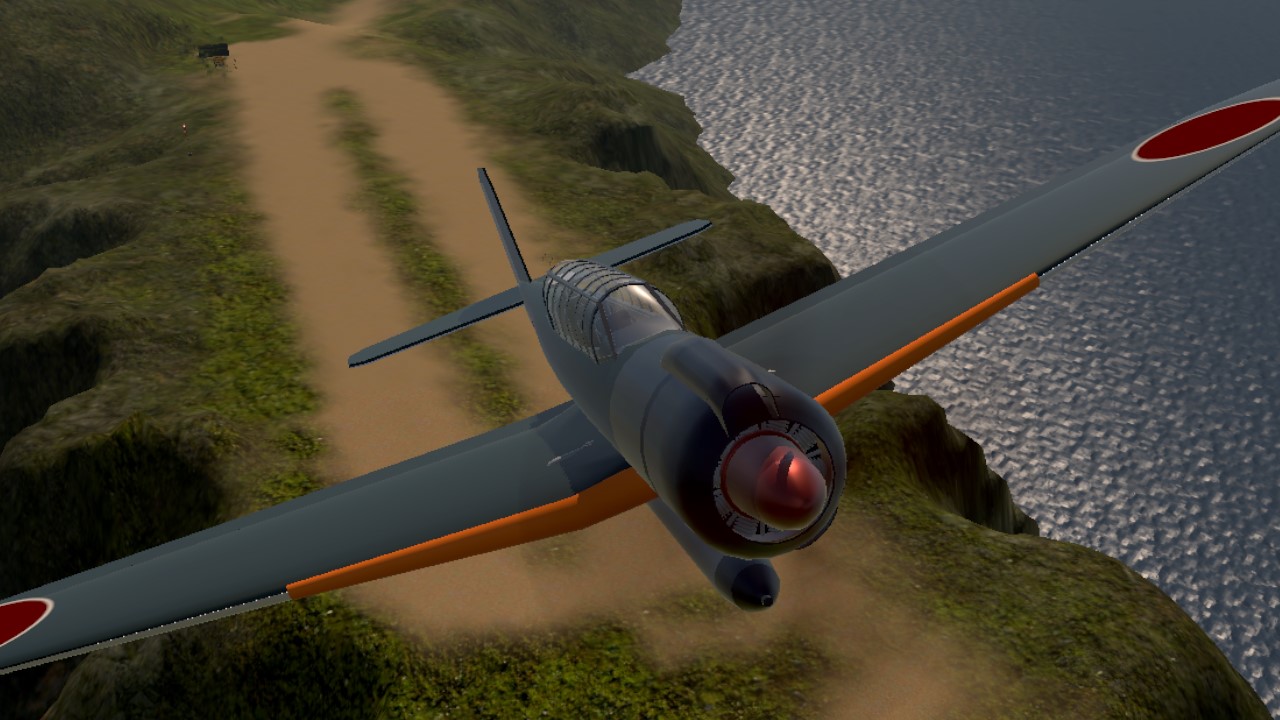

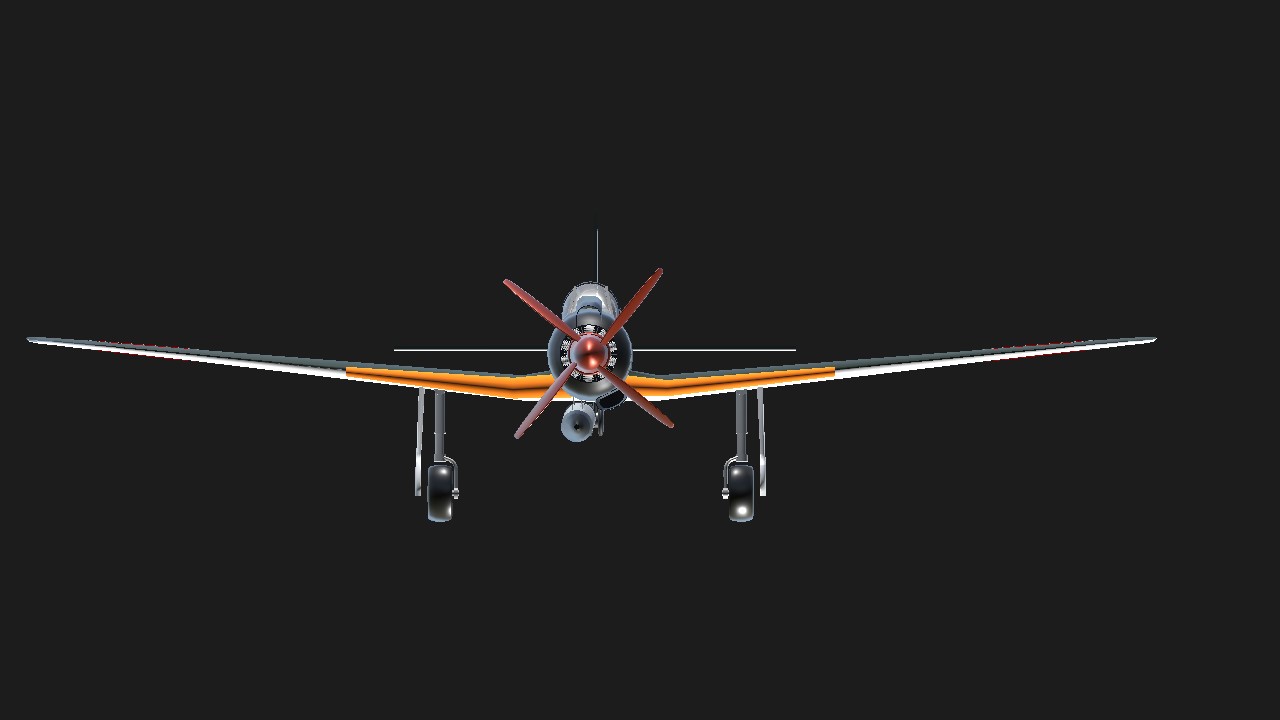
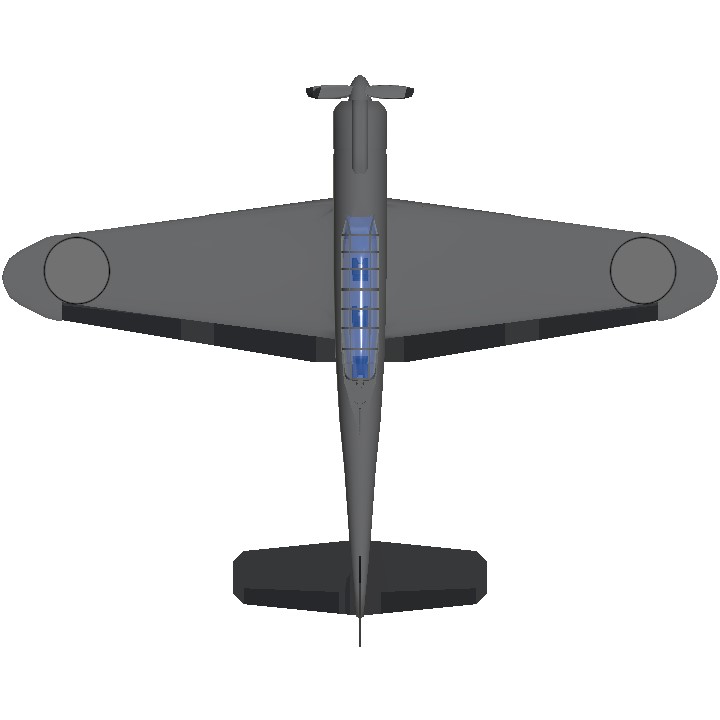
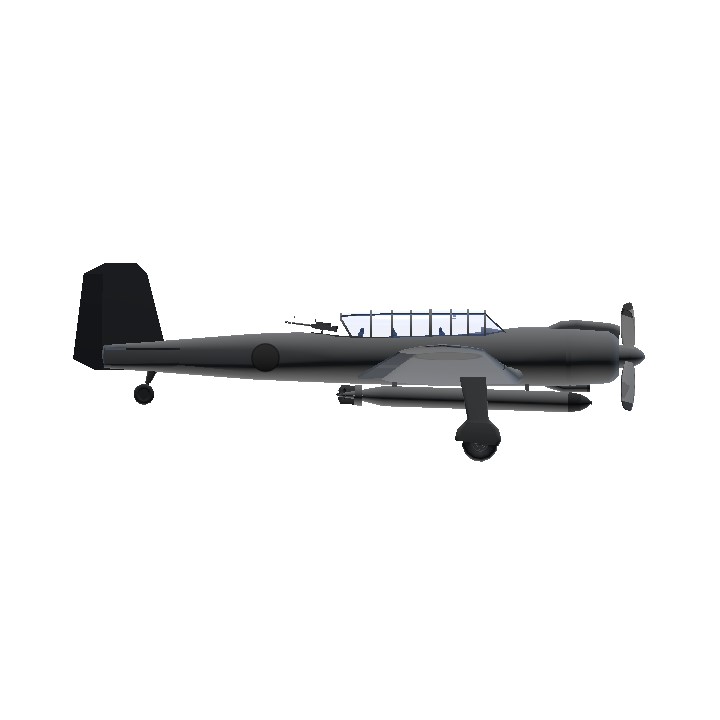
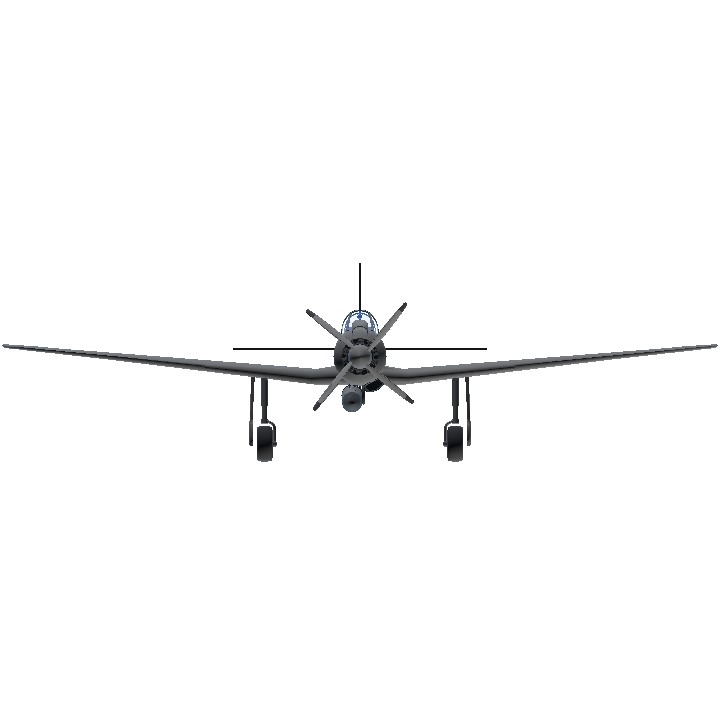
I hope you like it❤❤If you can, please vote for me!🥳🥳🥳🥳
@Attach055 Here’s some advice for the turret movement- Find a FT program that can have the tail gun aim using the tail-gun camera, or take it off the Gator, or even take it off of a different aircraft. It’s simple and useful when you get to know it. Good plane nonetheless, and I really hope to see you grow!
@BOSSentinel alr thanks
@NameisSTILLalreadytaken I gotchu
@BOSSENTINEL can you spotlight this for me? Im out of spotlights for today